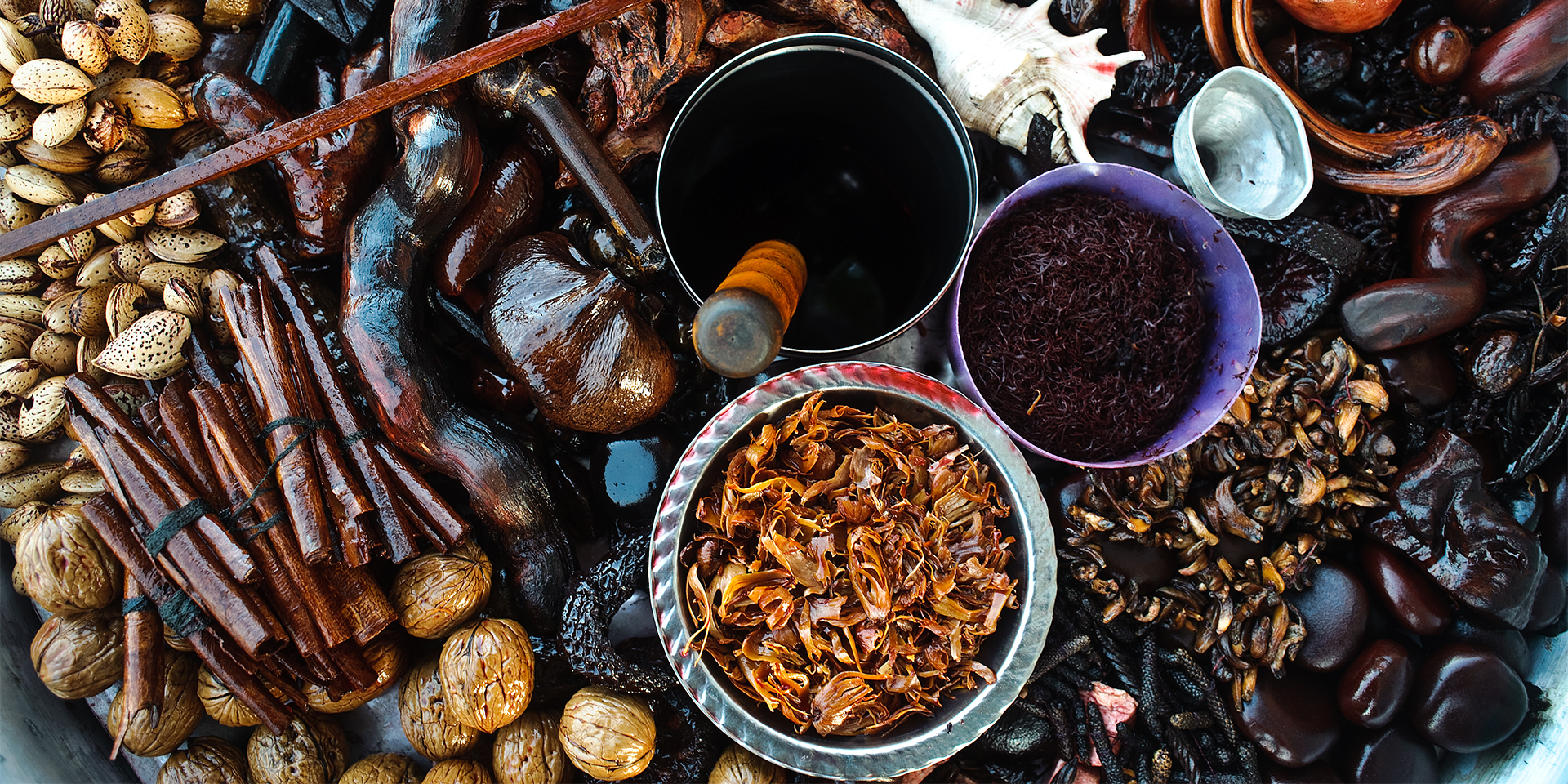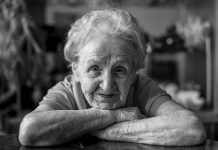When it comes to cases where “doctors don’t know what to do,” the first thought that comes to mind is usually cancer. Conventional treatment, which can prolong life for a few years and sometimes just a few months, comes at a high price in the quality of life, and patients come to prefer the “natural” way: alternative medicine.
Mary Nedlouf, from Orlando, Florida, had been diagnosed with breast cancer and had tried all conventional methods of treatment: a double mastectomy (surgical removal of both breasts), chemotherapy and radiation therapy. However, when her cancer recurred in the summer of 2006, Dr Nikita Shah, the oncologist treating her, had to admit defeat: the disease was unstoppable.
What Mary could expect from conventional treatments was a slight regression of the disease—for a few weeks or months, or perhaps, if she was lucky, for a few extra years of life. It was a tragedy for which neither she nor her husband were prepared.
At that moment, a “homoeopathy doctor” in Connecticut gave them hope and promised to heal her. How? By alternative medical methods: “bioresonance therapy,” “quadrant analysis,” and “auto sanguis.” The homoeopath explained to them that they needed to get to the “root of the cancer,” and that there can be up to 20 such roots; he investigated the patient’s history, probed her with electrodes, advised her to eat healthily and use a certain toothpaste, and prescribed her many homoeopathic medicines and dietary supplements.
Countless (dis)solutions…
The list of alternative medical methods is so long and constantly evolving that the following examples cannot be exhaustive: acupuncture, ayurvedic therapies, chelation therapy, colloidal silver, colon cleansing, the “Gerson method,” homoeopathy, iridology (an unscientific method of “diagnosis” by examining the iris), naturopathy, osteopathy, “hyperoxygenation,” macrobiotics, the Livingston-Wheeler diet, and so on.
Patients or their families end up resorting to such alternative therapies because, most of the time, they are “natural”, and people sincerely believe, for various reasons, that a natural remedy can do at least something good.
Often, however, they are influenced by the people who directly or indirectly benefit from the administration of such treatments.
This happens because it is not charities or saints dedicated to the service of human suffering that are behind these alternative methods of treatment, but companies or individuals who earn significant profits or, at best, people with an increased ego (who believe in their treatment method and want to prove at all costs that the method is good, at least in some patients). And although only a minority give in to their subterfuge, the number is still significant. At what price? It’s not just about money, it’s about life. Because, as they say, the highwayman demands “your money OR your life,” but quacks demand “your money AND your life!”
Soul robbers
Going back to Mary Nedlouf, the costs were about $3,000 a week: too much for someone dear? “Whatever that woman wanted, I would do it,” said her husband, who eventually had to pay the bill.
The woman was convinced that she was recovering, although she was feeling worse. In December, the cancer had penetrated her chest wall and attacked her skin, with the cruelty and indifference specific to this often incurable disease. Her wounds were so horrible that the hotel staff where Mary lived refused to touch the sheets she slept in, and only her husband agreed to wash them. Then a vertebra fractured, causing unbearable pain.
Eventually, Mr Nedlouf realised that these few months of treatment had been futile and decided to stop the alternative therapies. The bills amounted to about $41,000. The emotional cost, however, cannot be quantified. A few weeks later, Mary died. Nedlouf said that these “alternative” treatments, which had kept them hopeful, “robbed [him] of precious time to console her, to come to closure, to prepare for her departure.”
There are unquestionable conclusions (which we should all be aware of)
Currently, there is no evidence that alternative therapies succeed where conventional medicine fails. Some of these “alternative” medicine solutions may not hurt, but most of the time they don’t help either. Instead, they come at unjustified financial and emotional costs.
Moreover, the data gathered so far suggests that these treatments, often chosen instead of those offered by conventional medicine, may do more harm than good. In June 2012, a group of Canadian researchers published the results of a study of 185 breast cancer patients who refused standard treatments recommended by conventional medicine and compared them with those who accepted such treatments.
The conclusion? The 5-year survival rate for patients who refused standard therapies was 43.2%, while for patients who accepted them, it was 81.9%. Not all patients who refused standard treatment used “alternative” treatments, but in those who used such therapies, the 5-year survival rate was only 57.4%, a value that was still significantly lower than in those who accepted standard therapies. Similar results have been reported in two previous studies in breast cancer patients.[1]
Another study in 2003 in Norway, which looked at 515 cancer patients from different locations, came to similar conclusions: patients who used alternative therapies had a shorter survival period.[2]
Several treatments that have been claimed to be able to cure cancer have clearly been shown to be ineffective.[3]
Still, unscrupulous people continue to promote them and make material gains, exploiting the suffering of patients. It has never been shown that a homoeopathic remedy can cure cancer or other serious conditions. The lives of the patients who resorted to such homoeopathic therapies ended tragically.[4]
For other treatments, there is insufficient evidence (they have not been proven to be either effective or ineffective). There may be “alternative” techniques to alleviate the symptoms of cancer, but so far it has not been generally demonstrated that this category of remedies or techniques can cure cancer.[5] The situation is very similar in the case of other currently incurable conditions such as multiple sclerosis or epilepsy.
So, should we never resort to unconventional treatments, even if doctors can do (almost) nothing? Such treatments should not be used instead of standard therapies, but perhaps some of them could be used together with standard therapies—and, most importantly, only after having gathered objective information about them. In any case, it is good to avoid “alternative” remedies that come at unreasonable prices. Let’s not buy hope without caring about the price paid.


















